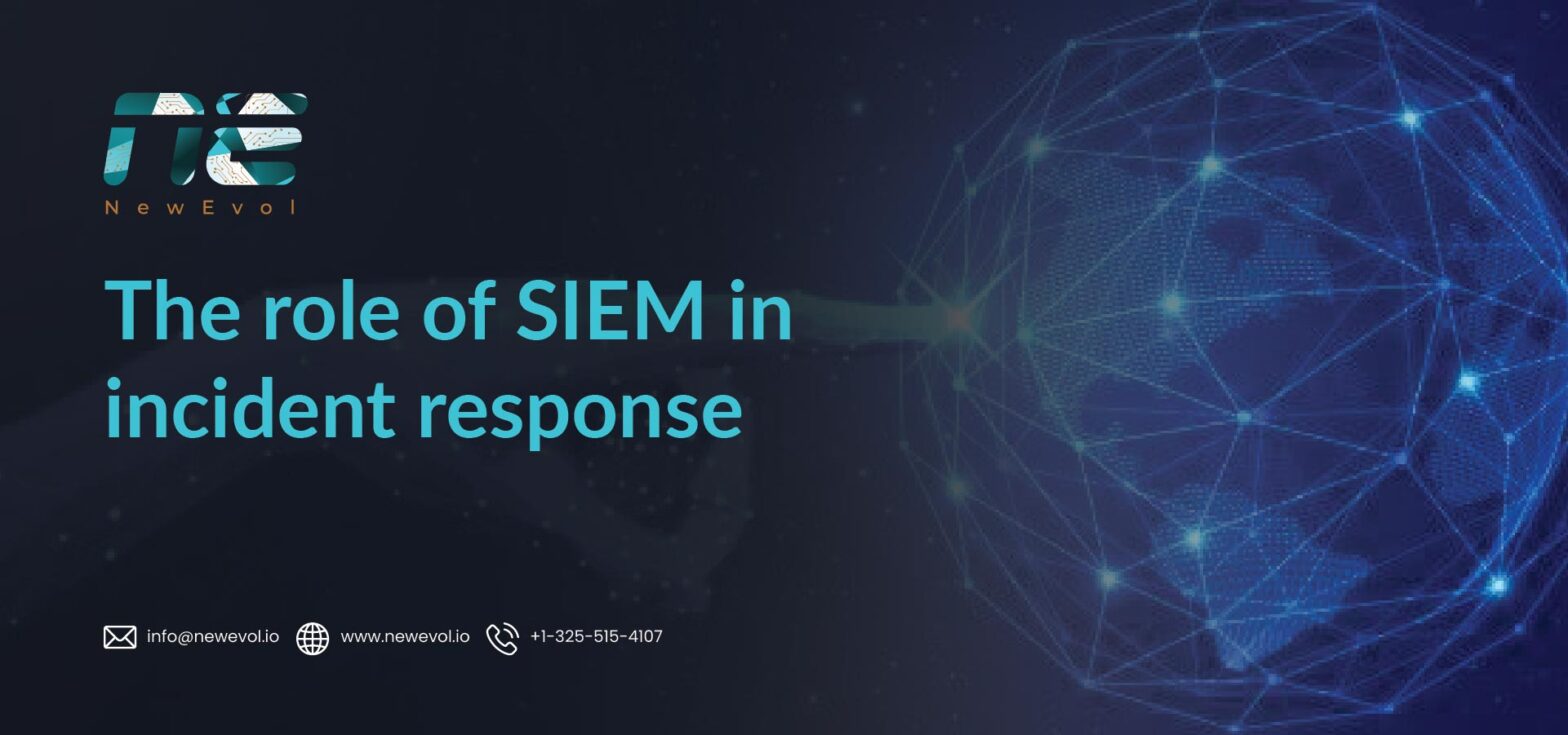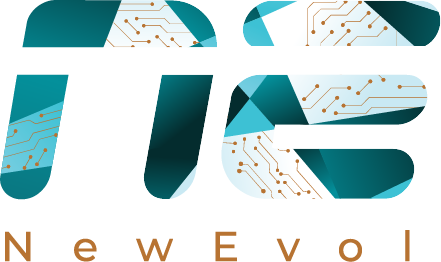The Role of SIEM in Incident Response: Strengthening Cyber Resilience in the UAE

In the UAE, digital transformation is accelerating at an unprecedented pace. From smart city initiatives to fintech innovations and enterprise cloud adoption, organizations are increasingly dependent on complex IT infrastructures. However, this rapid digitization brings heightened exposure to cyber threats, ranging from ransomware attacks to advanced persistent threats (APTs). In this landscape, the ability to detect, respond to, and mitigate security incidents in real-time is no longer optional—it is a strategic imperative.
The UAE Security Information and Event Management (SIEM) market generated approximately USD 115 million in 2023 and is projected to reach USD 280.4 million by 2030, growing at a CAGR of 13.6% from 2024 to 2030.
This is where Security Information and Event Management (SIEM) solutions play a pivotal role. Leveraging cybersecurity services in UAE and advanced tools like Security Information and Event Management (SIEM), organizations can implement global best practices to strengthen their incident response capabilities and safeguard critical assets.
Understanding Incident Response
Incident response is the structured approach that organizations adopt to manage and mitigate the impact of cybersecurity incidents. The goal is to detect threats early, contain them before they escalate, eradicate them from the environment, and recover normal operations with minimal disruption. A robust incident response framework typically involves:
- Preparation – Establishing policies, defining roles, and deploying tools like SIEM in Incident Response for proactive monitoring.
- Detection and Analysis – Identifying anomalies, threats, or breaches using automated alerts, log correlation, and threat intelligence.
- Containment, Eradication, and Recovery – Isolating affected systems, eliminating threats, and restoring services.
- Post-Incident Review – Conducting root cause analysis, learning from the incident, and improving security posture.
For UAE enterprises operating in critical sectors such as banking, healthcare, and energy, the stakes are high. Regulatory frameworks like the UAE Information Assurance Standards (IAS) and data protection laws mandate rigorous incident response mechanisms. SIEM in Incident Response solutions are integral to achieving compliance while providing real-time defense against evolving cyber threats.
How SIEM Supports Incident Response
SIEM consolidates security events from multiple sources—firewalls, endpoints, servers, cloud environments, applications, and network devices—into a centralized platform. By doing so, it enables threat detection, rapid analysis, and informed response, which are crucial components of incident response. Let’s explore these contributions in detail:
1. Centralized Visibility Across Complex Environments
UAE enterprises often operate hybrid IT landscapes, combining on-premises infrastructure with public and private clouds. This creates multiple attack surfaces that are difficult to monitor manually. SIEM addresses this challenge by aggregating logs and telemetry data from all components into a single dashboard.
Centralized visibility allows security teams to correlate events across disparate systems, identify suspicious patterns, and detect anomalies before they escalate into major breaches. For instance, unusual login attempts across multiple cloud services or irregular data transfers from a corporate database can be flagged immediately for investigation.
2. Real-Time Threat Detection
Modern cyberattacks are fast and sophisticated. A delay of even minutes can result in significant financial and reputational damage. SIEM solutions leverage real-time monitoring and correlation rules to detect threats as they occur.
By combining event correlation, behavioral analytics, and threat intelligence feeds, SIEM can identify complex attack patterns, including:
- Credential theft or brute-force attacks
- Ransomware propagation within networks
- Insider threats and data exfiltration attempts
For UAE organizations in sectors such as banking or healthcare, real-time detection is critical to comply with regulations like the UAE Central Bank’s cybersecurity framework or the Dubai Health Authority’s data protection standards.
3. Automated Alerts and Prioritization
Not all alerts are created equal. SIEM platforms help security teams prioritize incidents based on severity and potential impact, reducing alert fatigue. By using predefined correlation rules and machine learning algorithms, SIEM distinguishes between routine events and critical security incidents.
This ensures that incident response teams focus on threats that pose the highest risk to operations, enabling faster containment and reducing potential downtime. For instance, a high-volume phishing campaign targeting executive accounts would be automatically flagged as a critical incident, prompting immediate action.
4. Accelerated Investigation and Root Cause Analysis
Effective incident response requires understanding the origin, method, and impact of an attack. SIEM provides context-rich data and forensic evidence that accelerates investigation.
By aggregating logs, capturing historical event timelines, and integrating with threat intelligence platforms, SIEM allows analysts to trace the attack chain. This capability is particularly valuable in the UAE’s regulatory environment, where organizations must document incidents comprehensively for audit purposes and demonstrate compliance with data protection and cybersecurity mandates.
5. Integration with Automated Response Tools
Advanced SIEM solutions can integrate with Security Orchestration, Automation, and Response (SOAR) platforms and endpoint detection tools. This integration enables automated containment actions, such as isolating affected endpoints, blocking malicious IP addresses, or enforcing policy-based quarantines.
Automation reduces the time between detection and response, limiting the damage caused by fast-moving threats like ransomware. For enterprises in Dubai, Abu Dhabi, or other UAE business hubs, this capability is crucial for protecting sensitive customer and operational data.
Benefits of SIEM-Driven Incident Response in the UAE
Implementing SIEM as a core component of incident response delivers tangible benefits for UAE organizations:
- Regulatory Compliance – SIEM ensures that all security events are logged, monitored, and reported in line with UAE cybersecurity and data protection regulations.
- Enhanced Threat Intelligence – By aggregating internal and external threat data, SIEM provides actionable insights for proactive defense strategies.
- Reduced Mean Time to Detect (MTTD) and Mean Time to Respond (MTTR) – Automated alerts, correlation rules, and response workflows accelerate detection and mitigation.
- Cost Savings – Early threat detection prevents large-scale breaches, reducing financial losses and reputational damage.
- Improved Operational Resilience – Continuous monitoring and rapid incident response ensure that critical systems remain operational even during attempted cyberattacks.
Challenges and Best Practices
While SIEM is a powerful tool, its effectiveness depends on proper implementation and ongoing management. Common challenges include:
- Data Overload – Large volumes of logs can overwhelm teams if correlation rules are not properly configured.
- Complex Deployment – Integrating SIEM across hybrid IT environments requires careful planning and technical expertise.
- Skill Gaps – Skilled security analysts are essential to interpret SIEM alerts and respond effectively.
To maximize SIEM effectiveness, UAE organizations should consider the following best practices:
- Define Clear Use Cases – Focus on high-priority assets and compliance requirements.
- Implement Correlation Rules and Thresholds – Customize SIEM alerts to the organization’s risk profile.
- Leverage Threat Intelligence Feeds – Stay updated on local and global threat landscapes.
- Regularly Test Incident Response Plans – Conduct tabletop exercises and simulations to validate SIEM effectiveness.
- Invest in Training – Build in-house expertise or partner with managed security service providers for continuous support.
NewEvol’s SIEM Solutions for UAE Enterprises
NewEvol offers AI-driven, cloud-ready SIEM solutions tailored for UAE organizations. Our platform provides:
- Real-time threat detection and correlation across hybrid environments.
- Automated alert prioritization to streamline incident response.
- Seamless integration with SOAR, EDR, and threat intelligence platforms.
- Compliance reporting aligned with UAE regulations, including UAE IAS and data protection frameworks.
- Scalable architecture suitable for enterprises of all sizes, from healthcare to finance and energy.
By deploying NewEvol SIEM, UAE organizations gain a centralized command center for cybersecurity operations, enabling faster detection, analysis, and mitigation of threats while ensuring compliance and operational continuity.
End Note
As the UAE continues to advance its digital economy, the sophistication and frequency of cyber threats will only increase. Organizations that rely on reactive approaches to security risk operational disruptions, financial losses, and regulatory penalties.
SIEM is more than a monitoring tool—it is the backbone of modern incident response strategies. By providing centralized visibility, real-time threat detection, automated prioritization, and forensic insights, SIEM enables UAE enterprises to respond swiftly and confidently to cyber incidents.
For organizations aiming to strengthen their cyber resilience, partnering with a capable SIEM provider like NewEvol ensures that every incident is detected, analyzed, and mitigated with precision, safeguarding both business operations and stakeholder trust.
FAQs
1. What is the role of SIEM in incident response?
SIEM centralizes log collection, detects threats in real-time, correlates events, and provides actionable insights to accelerate incident investigation and response.
2. How does SIEM improve detection and response times?
By aggregating data from multiple sources, applying correlation rules, and sending prioritized alerts, SIEM reduces the time to detect (MTTD) and respond (MTTR) to incidents.
3. Can SIEM help organizations in the UAE comply with regulations?
Yes. SIEM provides comprehensive logging, monitoring, and reporting capabilities aligned with UAE cybersecurity standards, such as UAE IAS and data protection laws.
4. Is SIEM suitable for all types of organizations?
Yes, SIEM can be scaled for organizations of all sizes and industries, especially those with complex hybrid IT environments and critical compliance requirements.
5. How does NewEvol enhance SIEM for UAE enterprises?
NewEvol integrates AI-driven analytics, threat intelligence, and automated response capabilities, providing UAE organizations with a centralized, proactive approach to incident response.

